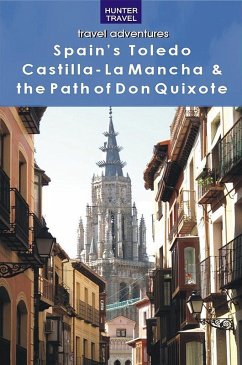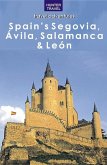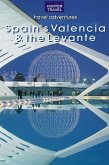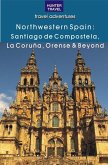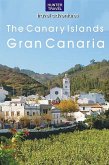The stark beauty of the Castilla-La Manch region of Spain is occasionally punctuated by white windmills capped with black, pointed roofs. Holdovers from the 16th and 17th century, they are the beloved landmarks of the region and the brunt of its most famous joke. This was the imaginative canvas of Cervantes, the favored land of his blundering ideologue, Don Quixote de La Mancha. "Take care, your worship," said Sancho, "those things over there are not giants but windmills, and what seem to be their arms are the sails, which are whirled round in the wind and make them turn." "It is quite clear," replied Don Quixote, "that you are not experienced in this matter of adventures. They are giants and if you are afraid, go away and say your prayers, while I advance and engage them in fierce and unequal battle." Tourists in droves? Yes. With reason? Sin duda, as the Spanish like to say. Toledo was the cradle of indoctrination for Spain long before the Catholics ever thought of Madrid as a capital. The city came into its own once the Visigoths had displaced another Germanic tribe, the Alani, in AD 453, and established Toledo as the capital of their Hispania. Prior to this, the Romans had founded Toletum, as it was then known, in 192 BC over a land that had seen the settlement of Celtiberians and Iberians. The Moors would rule Toledo and much of the country from AD 712 on, until the Christians under King Alfonso VI took back the city in 1085 and the Catholic Monarchs the country in 1492. King Carlos V and his son Felipe II kept their courts at Toledo until 1565, when the capital of Spain was once and for all established in Madrid, just 40 km (24 miles) north. Streets are harrowingly narrow and only one major road allows vehicular access to the upper-city. What this means is that the sights - of mixed styles attributed to the Christians, Islams and Hebrews that shared the city and earned its nickname, "the City of the Three Cultures" - are packed into a small area. Before or after venturing into the city, take time to admire two of Toledo's most impressive bridges spanning the Tagus River. The Puente de Alcántara, on the east side of the hill close to the Alcázar, was first constructed by the Romans but owes its current appearance to alterations made by the Moors and Christians. The Puente de San Martín, on the opposite side of the hill, is a 13th-century bridge and the only one in Toledo that still has its two defensive towers. the Catedral of Toledo is Spain's most evocative. It was begun in 1226 but took 250 years to complete, around the time Columbus was discovering the New World. The famed painter who came to be known as El Greco (the Greek) spent his greatest working years in Toledo. From 1585 on El Greco lived in the medieval palace of the Marqués de Villena, since destroyed, from which he worked continually under commissions for the churches and monasteries of the region until his death in 1614. The artist's great works are scattered in museums and churches throughout Toledo. This guide also takes you to the charming medival city of Cuenca and the three major national parks of Castilla-La Mancha. Every detail is here for the traveler - where to stay, where to eat, entertainment, activities of all kinds, from hiking to canoeing, concerts to festivals. An extensive section on what you need to know when traveling to Spain in general, plus a language and Spanish vocabulary chapter is included. "A great new resource." -- Travel + Leisure. "The perfect companion for planning." -- Rutgers Magazine. "These useful travel guides are highly recommended..." -- Library Journal
Dieser Download kann aus rechtlichen Gründen nur mit Rechnungsadresse in A, B, BG, CY, CZ, D, DK, EW, E, FIN, F, GR, HR, H, IRL, I, LT, L, LR, M, NL, PL, P, R, S, SLO, SK ausgeliefert werden.

